Taste characteristics of Essex Giambela Coffee what is the change in the flavor of coffee beans in the new season?
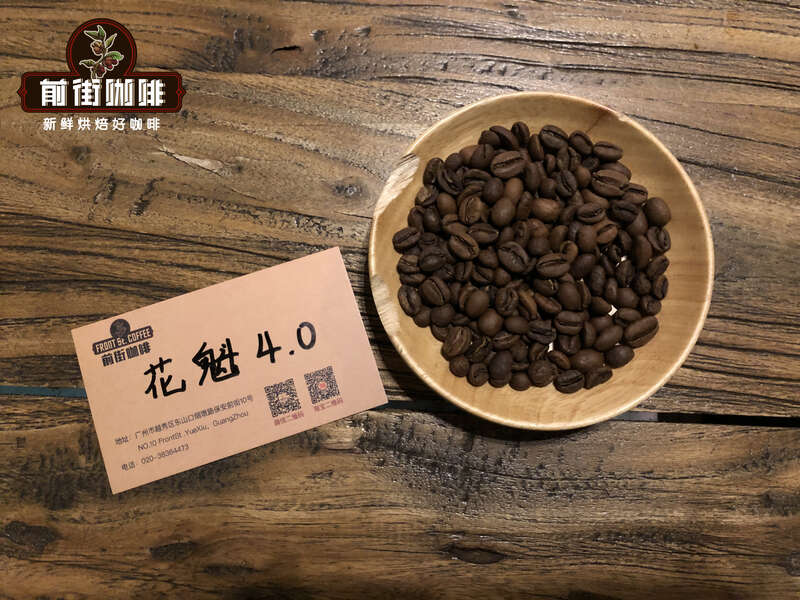
Professional coffee knowledge exchange more coffee bean information please follow the coffee workshop (Wechat official account cafe_style)
Huakui coffee beans, with its elegant name and strawberry aroma, attract countless coffee customers. This year Sakuran ushered in version 4.0, so how is it different from the previous Sakuran Coffee? Qianjie coffee will be discussed in this article.
Qianjie Coffee Ethiopia Sakuran 4.0
Country of origin: Ethiopia
Producing area: Gujimbela producing area of Sidamo
Processing plant: Booku BUKU
Altitude: 2350m
Variety: Dega
Treatment: insolation
Hambella (commonly translated as "Humbela") is located in GUJI, the largest coffee producing area in Ethiopia, and the administration is subordinate to the state of Olomia. The west of Hambella is across the mountain from kochore. The two producing areas are separated by highlands with an elevation of 3200 meters and a width of about 30 kilometers, and are connected with the shakiso,Uraga and Kerchaz producing areas of Guji in the east and south, respectively. It is the highest coffee producing area in Ethiopia (Harrar is the main producing area in Ethiopia). At present, there are about 20 processing plants of various sizes in Hambella producing areas. In 2017, a sun-dried bean from DW's "Buku Abel" processing plant won the Ethiopia National Taste of Harvest Competition championship, and Chinese raw bean importers named the bean Sakuran, which at that time had a strong strawberry and cream aroma. Subsequently, DW Hambella core production area Dimtu increased from one manor processing plant to four, namely "Buku abel", "Buku saysay", "Haro soresa" and "Tirtiro Goye", with an annual output of about 1100 tons of coffee. Qianjie Coffee also offers coffee products produced by the Bucu processing Plant (Buku abel).
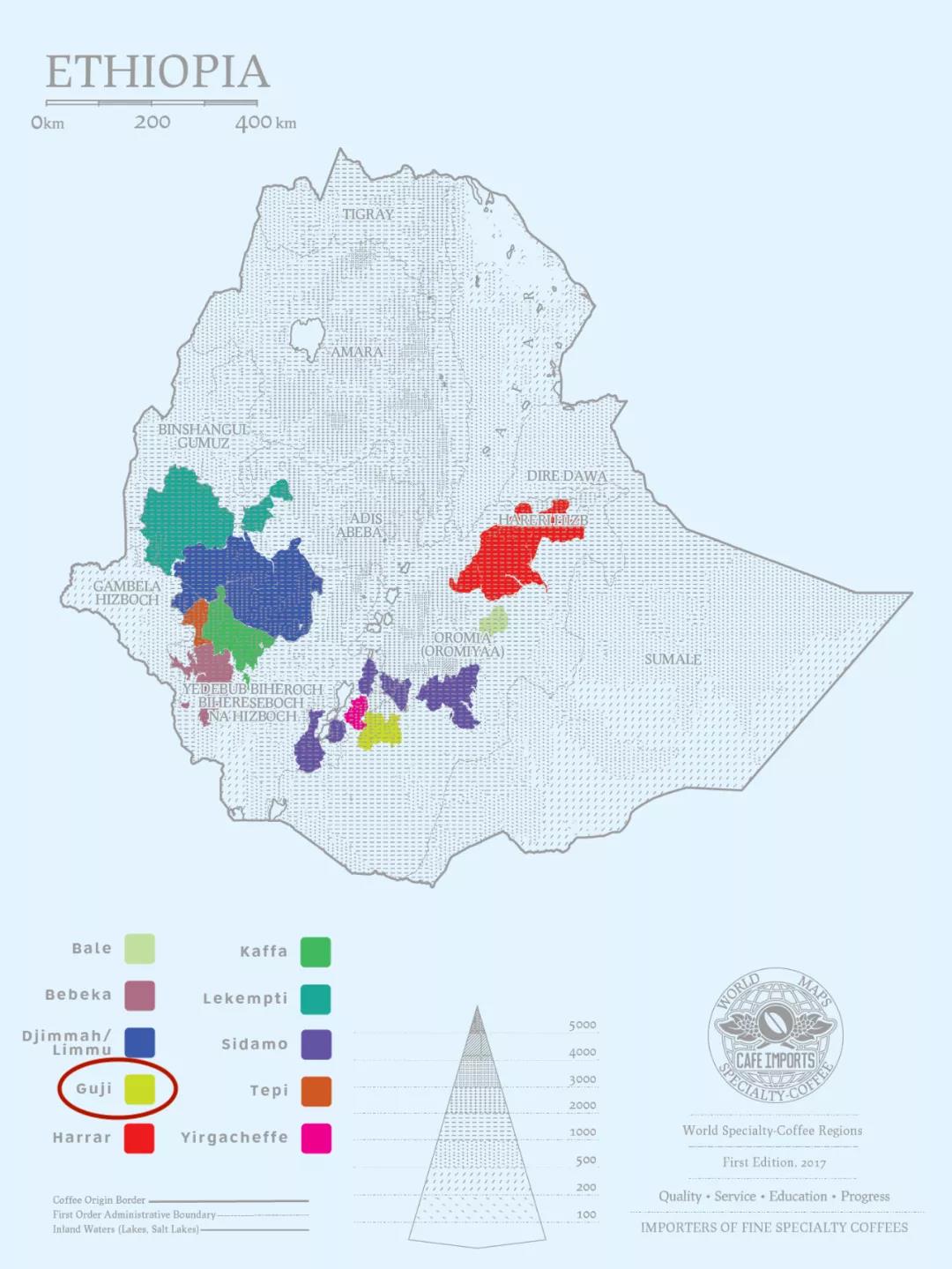
Buku abel Buku Abel means "NEW" in Ethiopian native language. In this ancient country of more than two thousand years, with a population of 100 million, it blocks access to Asia through the Great Rift Valley, but new virgin lands are still found on this plateau waiting to be developed. Compared with the thousand-year-old culture, this is a relatively newly developed land. Buku Abel is a high-altitude primitive tribe located in southeastern Ethiopia and located in the Hambella region of Guji, with a population of about 30,000. this small village, like most Ethiopian coffee gardens, grew up in wild primeval forests, where coffee farmers passed on from generation to generation and planted native bananas and interspersed local native coffee trees in banana trees.
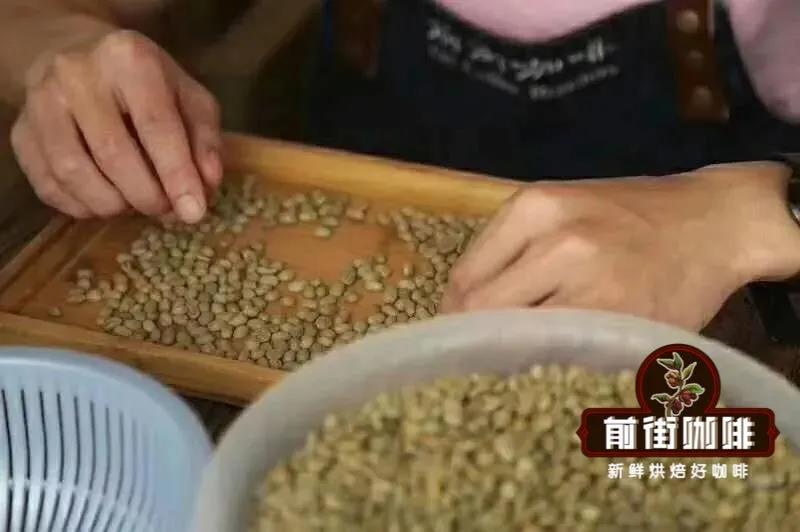
Does Huakui coffee still distinguish between true and false? First, in 2017, Ethiopia's DW Raw Bean Company sent their coffee beans to the TOH (the Taste Of Harvest) Raw Bean Competition hosted by the African Coffee Association, and a sun batch from the "Buku Abel" processing plant won the TOH Ethiopia championship with its strong strawberry and cream aroma. At that time, this batch of raw beans was introduced to China by Hongshun, a raw bean trader in Beijing. in the same year, Li Jianfei used this bean to win the runner-up in China in the 17-year World Cooking Competition. This Ethiopian bean stands out among the many rosy summer beans, so it is named "Sakuran". Rosa Geisha means geisha in Japanese, and Hua Kui means the head of a geisha to show the excellence of this bean. Therefore, if we want to understand Sakui Coffee in a narrow sense, it can only be called Sakui Coffee when the 17-year champion of the TOH tanning group enters the country. Of course, it would be a pity if such a wonderful name were a flash in the pan, so Hongshun continued to introduce coffee beans from the "Buku Abel" processing plant in Humbera, also known as Sakui 2.0, Sakuran 3.0 and Sakui 3.1, to distinguish the previous Sakui Coffee and represent different batches or seasons. At this time, Huakui coffee still maintains certain characteristics, that is, for Hongshun procurement and introduction, the producing area is still locked in Humbera "Buku Abel" processing plant. Of course, as an agricultural product, the flavor of coffee varies from year to year.
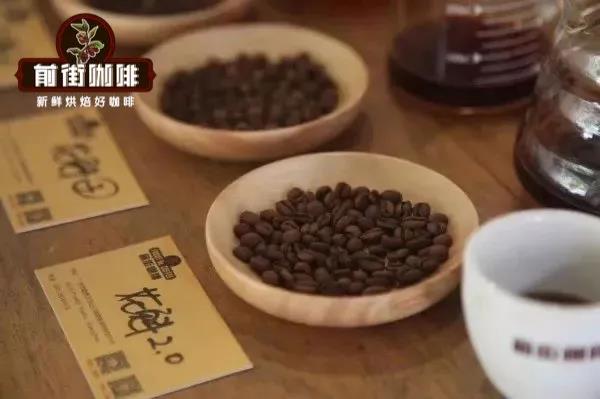
[Sakui G1] smooth, passion fruit, fermented wine, jackfruit, strawberry. [Sakui 2.0] the overall taste is clean, berry aromas will be more obvious, and with nutty aromas, the taste will be richer. [Sakui 3.0] light strawberry jam, black tea, sweet finish. [Sakui 3.1] Flower, cream, tropical fruit, caramel Huigan lasts for a long time. Sakuran, produced in the new season in 2020, is named Sakuran 4.0 to distinguish the previous Sakuran. In 2020, as the fourth year of this coffee bean, the area of its production area has expanded several times. Coupled with more scientific planting management, Sakui 4.0 has a better flavor and has been praised by many coffee players. therefore, Qianjie Coffee also purchased this batch of new production season of Sakui 4.0 for roasting and cup testing. Therefore, Qianjie believes that to identify whether Sakui coffee is not, we should check whether it is imported through Hongshun, a raw bean trader. So if you pay attention to the roasting of foreign coffee, you will find that foreign countries do not know Sakuran only know Hambella. Dega coffee varieties held the Cup of Excellence (CoE) for the first time in Ethiopia this year, and the categories of the top 28 coffee varieties were surprisingly detailed. Dega, ranked 21, has two very different versions of its name. In one version, it is said that Dejia's name comes from a kind of sparkling wood, and the aroma of Dejia when baking is very similar to the burning aroma of this sparkling wood. Another version explains that Dejia "dega" is the Ethiopian root for "highlands and shady places", while Dejia often grows up at high altitudes. It is a pity that Dejia was not among the top 14 in this COE competition, so he did not collect the relevant flavor description. And this time Qianjie Coffee Sakuran 4.0 is the Dega variety of coffee beans. Raw bean analysis of this Qianjie coffee purchase of this batch of Sakuran 4.0 will see that Sakui 4.0 is smaller than the other two Sakuran 3.0 beans, this is due to different varieties. Sakui 3.0 is a coffee bean native to Ethiopia, while Sakui 4.0 is a Dega variety. In addition, we can also see that the beans of the two Sakuran 3.0 are relatively average in size, because the coffee beans are picked and screened, while the Sakuran 4.0 is not screened, so the beans appear to be of different sizes.
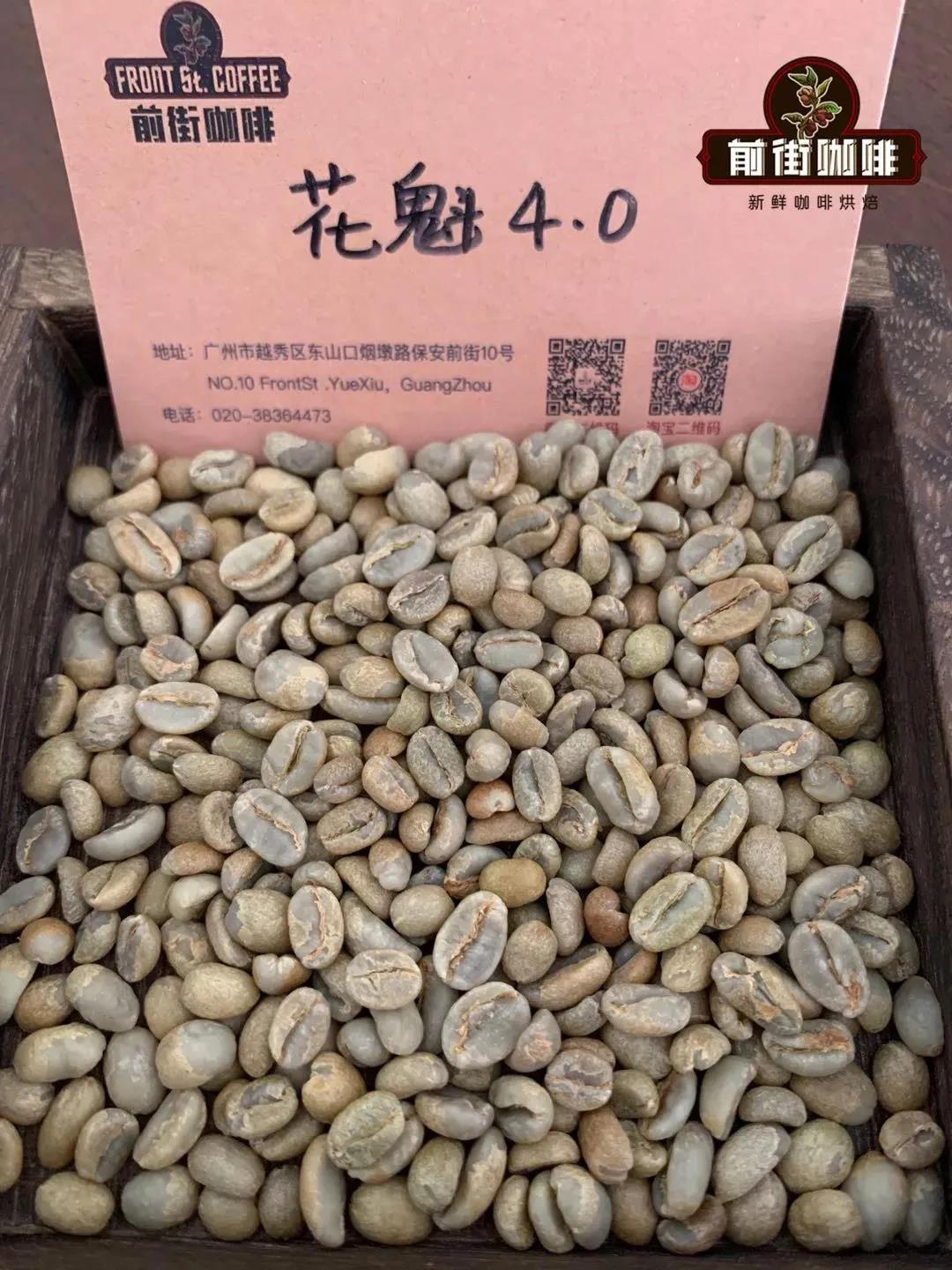
The coffee treatment method of sun drying is the most traditional treatment method, and the fruit is naturally dried after harvest, and the steps are as follows: 1. Coffee farmers directly put it in the sun field after harvest, drying in the sun; 2, timely turning and stirring in the process of exposure to avoid uneven drying or fermentation; 3, drying after a few days; 4, remove the pulp and peel of the dried raw beans with a sheller and remove the raw beans. Advantages: the pectin of the coffee fruit treated by the sun treatment retains its pectin, while the pectin itself is sweet, and during the sun exposure, the sugar will be transformed into the coffee beans, so the treated coffee will be relatively sweet, rich in taste and layered. Disadvantages: there will be more defective beans, the appearance of beans is not uniform, it is easy to absorb the peculiar smell and soil smell on the surface.
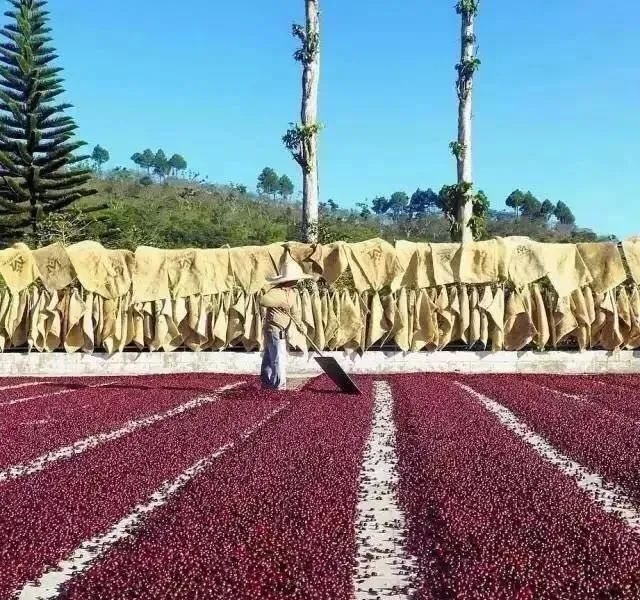
Qianjie Coffee roasting Analysis Qianjie Coffee will look at the flavor description provided by raw bean merchants, and then look at the moisture content of beans. The raw beans just got have the fermented wine aroma of coffee flowers, which is completely different from the grassy aroma of ordinary raw beans. Moreover, Sakuisheng beans of different sizes, and more tip of the head and tail (Ethiopia Heirloon Ethiopian original species), the moisture content is good, about 11%, but not the kind of SHB beans with high hardness, because of the high density and high hardness of beans, the dehydration time was lengthened before an explosion, and the loss of small molecules such as floral fragrance was retained as far as possible.
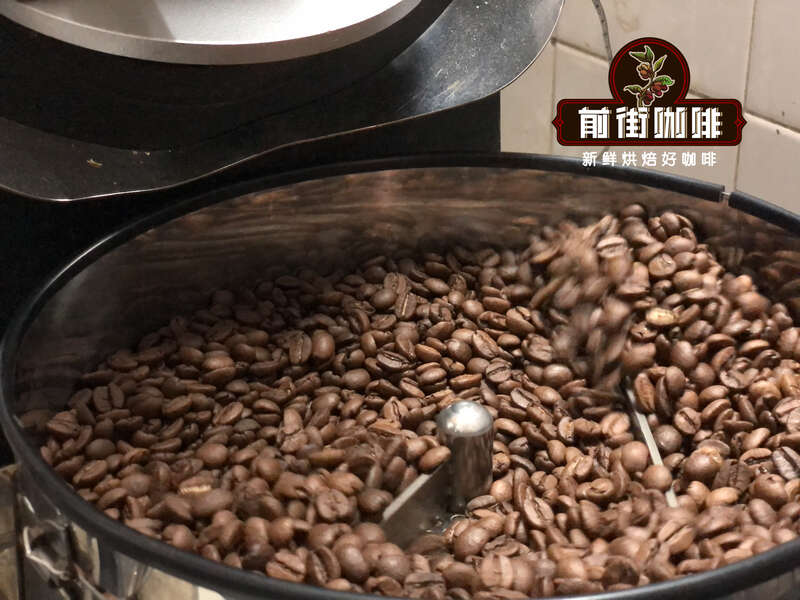
Qianjie coffee uses Taiwan's Yang family 800N machine, 190 degrees into beans, nearly 6 minutes to complete dehydration and yellowing. (the yellow point is about 150-153 degrees) the development time after the explosion begins in more than 9 minutes and 50 minutes (the explosion of Huakui is later than that of ordinary beans, and the sound is very weak). It is recommended that the development time after the explosion should not exceed 1 minute and 30 seconds, nor less than 1 minute. (it is recommended to open the throttle to reduce the fire to control the speed.) the sampling spoon can smell strawberry jam at about 193 degrees, and the overall time to put the beans out of the pot should be controlled within 11 minutes.
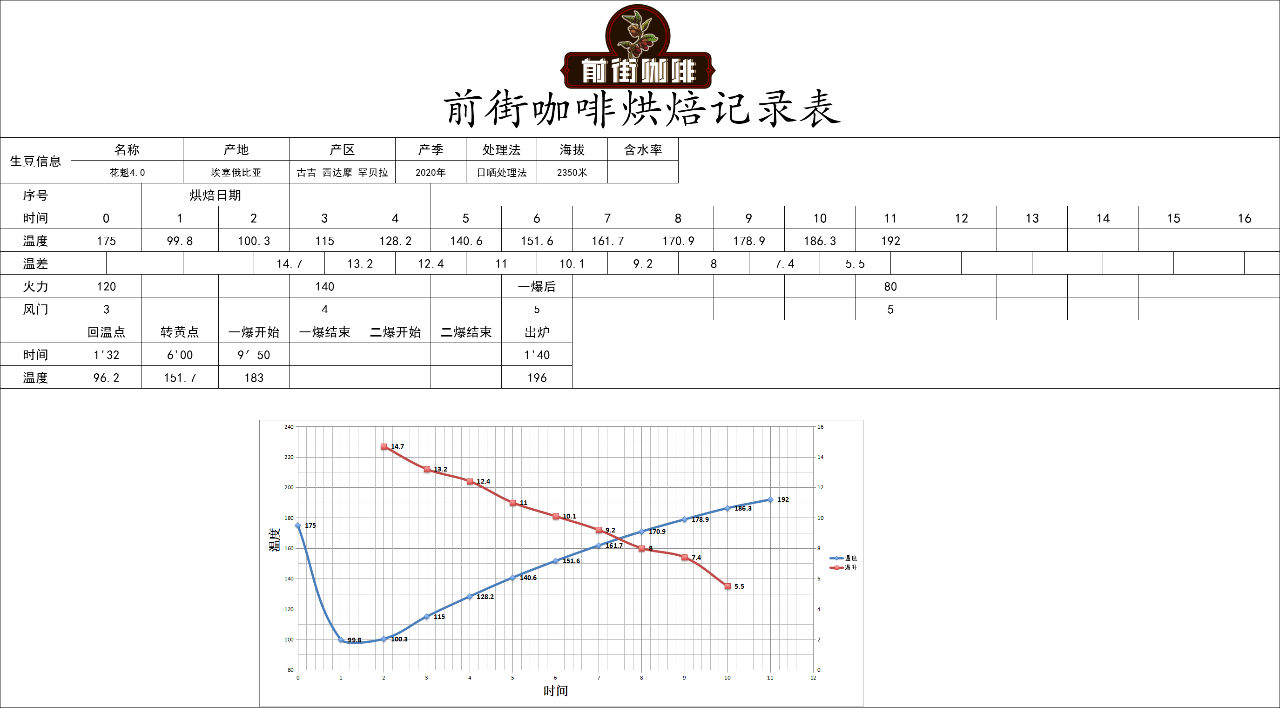
Qianjie Coffee brewing sharing Qianjie in order to fully extract the rich layering of Huakui coffee beans, higher water temperature and finer grindness are used for extraction, but in order to avoid excessive extraction caused by high temperature, faster filter cups such as V60 filter cups are used. The V60 filter cup is in a 60 °cone shape, and the tapered angle allows the coffee powder to be distributed centrally, and when water is injected, the water can automatically converge to the center of the filter cup to ensure that the contact time between the water and the coffee powder is sufficient, so that the appropriate coffee liquid can be extracted. In addition, the ribs on the inside of the body of the V60 filter cup extend clockwise from the bottom to the top, so that there is enough space between the filter paper and the filter cup, so that the flow of water is good. Coupled with the large holes in the bottom, the flow velocity is relatively faster than that of many filter cups. Cooking parameters: V60 filter cup, water temperature 90 ℃, ratio of water to powder 1:15, powder quantity 15g, grinding degree (pass rate of China No. 20 standard screen 80%)
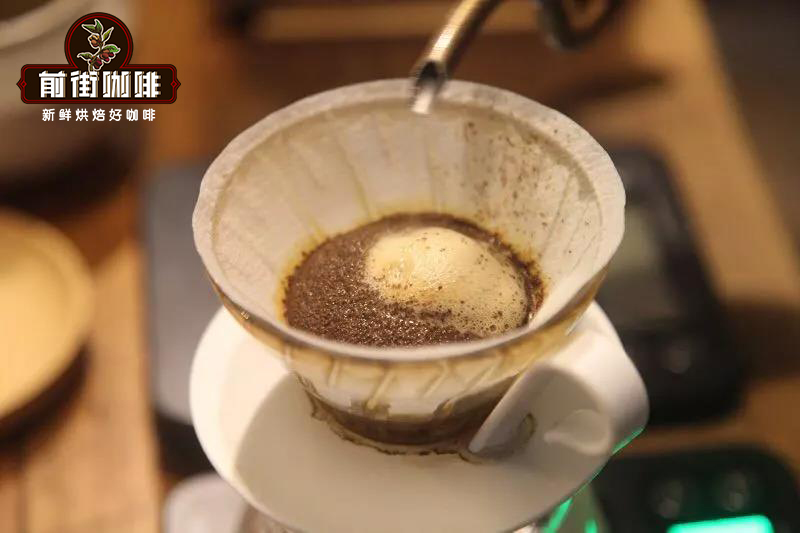
Using the three-stage brewing in front of the street, first preheat the coffee pot and filter cup, pour in 15g coffee powder and gently pat flat. Inject 30 grams of water for steaming for 30 seconds, it is not recommended that the steaming time is too long, it is easy to feel astringent. In the second stage, 120 grams of water is injected outward around the concentric circle in the center, and the injection time is about 1 minute. When the powder bed is about to be seen, the last section is injected, 90 grams of water is injected in the same way, and the filter cup is removed after all the water flows into the lower pot. Finish the extraction, and the cooking time is 2 minutes 05 seconds. Flavor description: sour citrus, full berry juice, lemon black tea, long-lasting sweetness.
For more boutique coffee beans, please add private Qianjie coffee on Wechat. WeChat account: kaixinguoguo0925
Important Notice :
前街咖啡 FrontStreet Coffee has moved to new addredd:
FrontStreet Coffee Address: 315,Donghua East Road,GuangZhou
Tel:020 38364473
- Prev
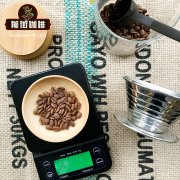
Introduction of strawberry flavor in experimental batches of anaerobic treatment
The estate is located in the city of Bol í var in Antioquia, Colombia. Juan Saldarriaga owns more than 18 hectares of coffee. The full-time staff is three, managed by Juan, and there are about 60 seasonal workers during the harvest. The micro batch prepared by anaerobic experiment is only 5 kg. We bake 250g in batches with a small Co for competitive coffee
- Next
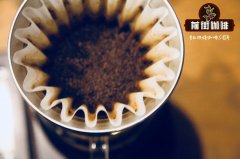
How about the Brazilian boutique coffee estate Fazenda Cetec estate's sun red kaduai
Country of origin: Brazil Region: Campo da Veltentes-Mirsul Farm: Fazenda Cetec-Mrcio Custdio Carvalho Altitude: 1000 m Variety: Red Carduai Processing: Sunglass Flavor: Chocolate, caramel, roasted hazelnut, red berries Fazenda CETEC originated from a very small family
Related
- Detailed explanation of Jadeite planting Land in Panamanian Jadeite Manor introduction to the grading system of Jadeite competitive bidding, Red bid, Green bid and Rose Summer
- Story of Coffee planting in Brenka region of Costa Rica Stonehenge Manor anaerobic heavy honey treatment of flavor mouth
- What's on the barrel of Blue Mountain Coffee beans?
- Can American coffee also pull flowers? How to use hot American style to pull out a good-looking pattern?
- Can you make a cold extract with coffee beans? What is the right proportion for cold-extracted coffee formula?
- Indonesian PWN Gold Mandrine Coffee Origin Features Flavor How to Chong? Mandolin coffee is American.
- A brief introduction to the flavor characteristics of Brazilian yellow bourbon coffee beans
- What is the effect of different water quality on the flavor of cold-extracted coffee? What kind of water is best for brewing coffee?
- Why do you think of Rose Summer whenever you mention Panamanian coffee?
- Introduction to the characteristics of authentic blue mountain coffee bean producing areas? What is the CIB Coffee Authority in Jamaica?

